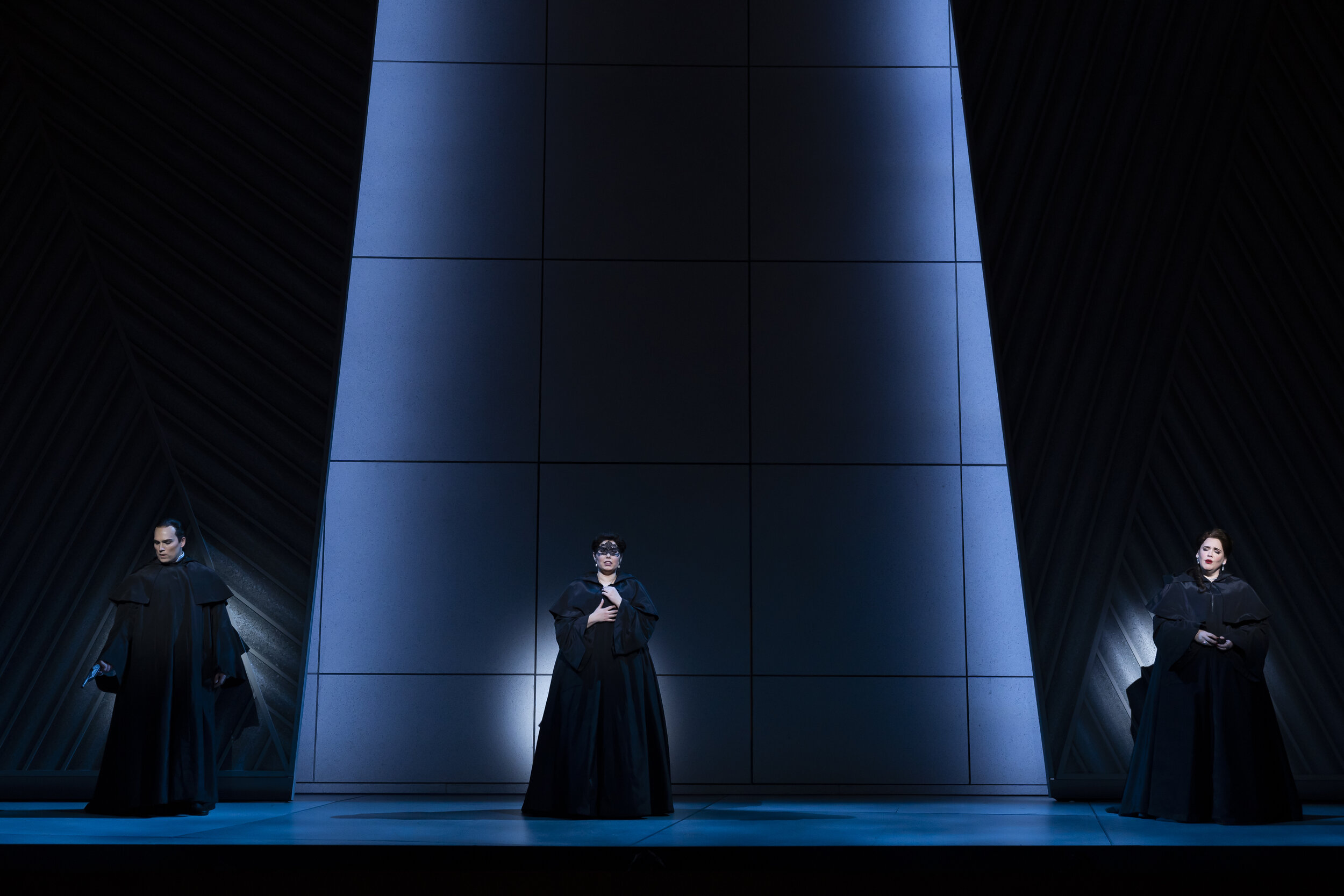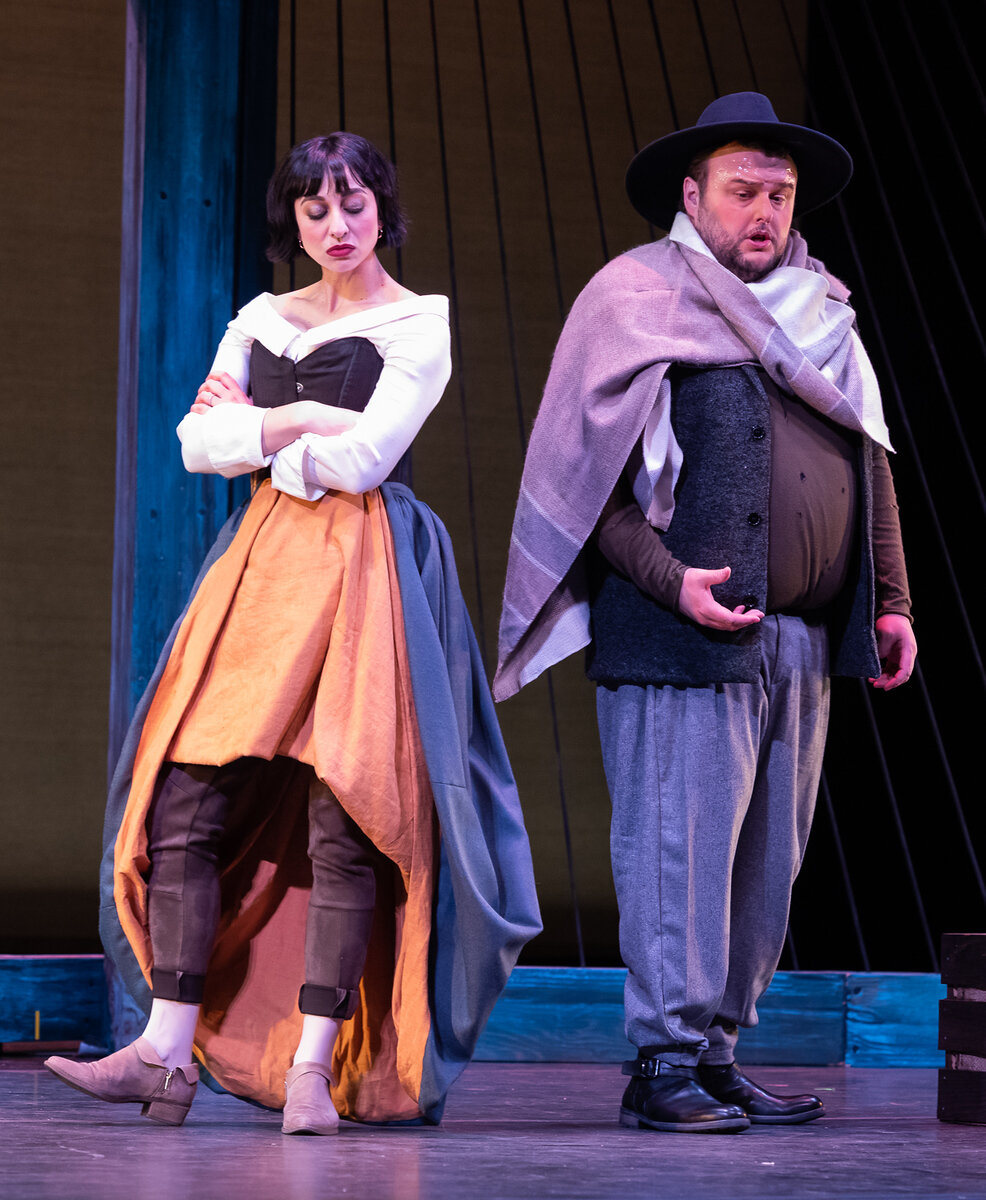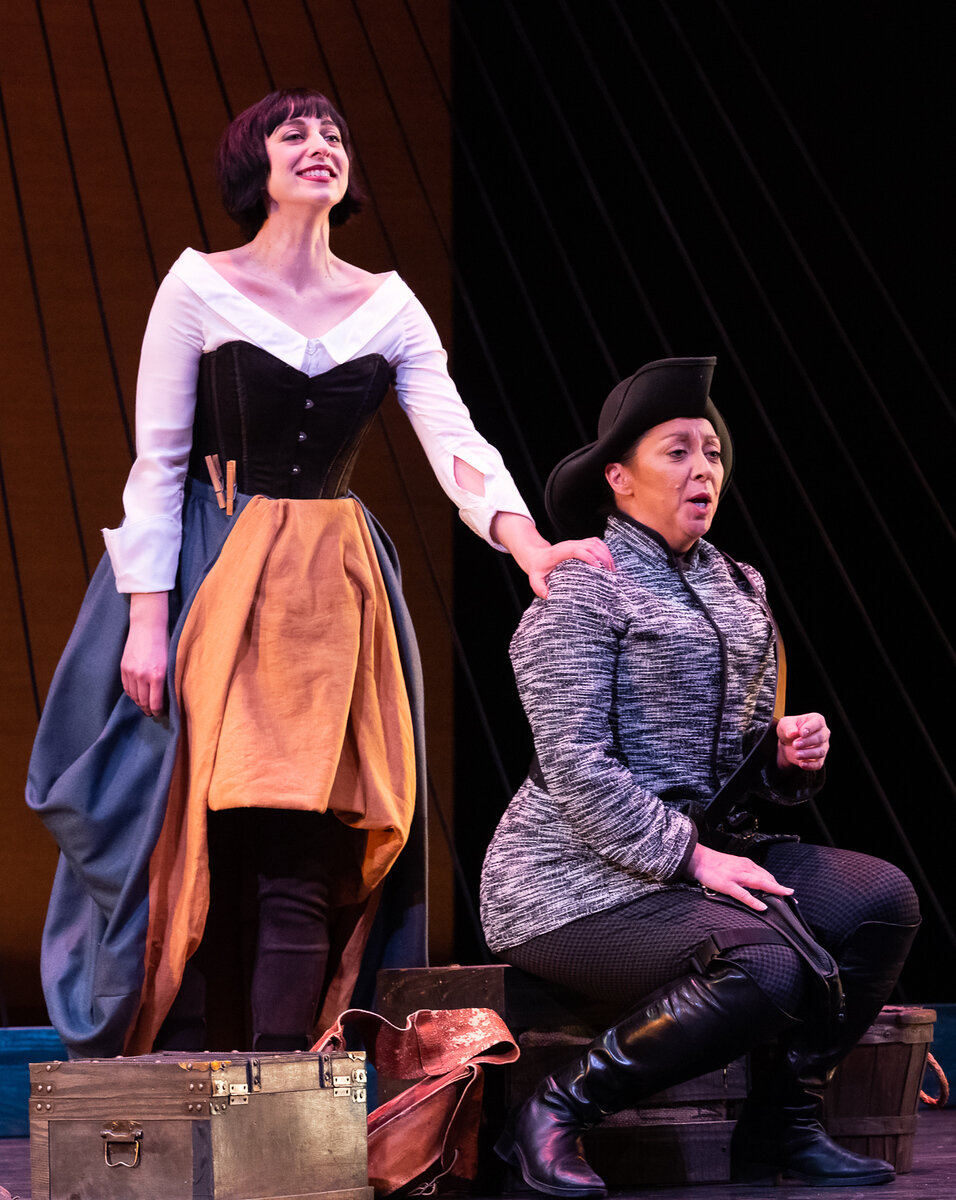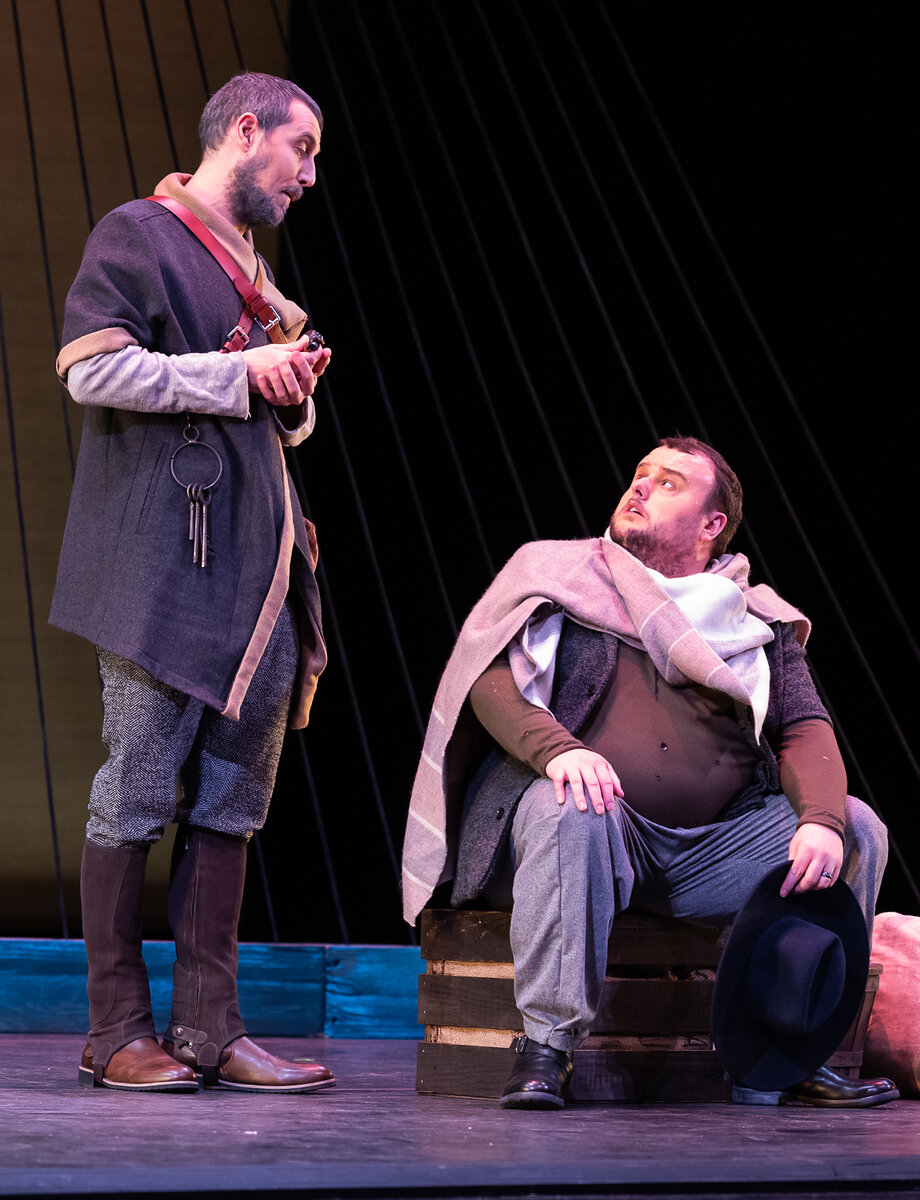September 1 is the traditional start date for a new opera season. So, what are the major players in the mid-Atlantic - the Pittsburgh Opera, Opera Philadelphia, Virginia Opera, and Washington National Opera - planning during this COVID-19 decimated year? And what about the smaller opera companies in the mid-Atlantic region?
A phoenix depicted in an 1806 book of legendary creatures by FJ Bertuch. Image in the public domain, accessed through Wikipedia.
Pittsburgh Opera surprised me with an ambitious 2020-2021 season announcement on Aug 3 that included live, before-an-audience opera scheduled as early as October; so I looked quickly across all opera companies in the mid-Atlantic to see if any other such live performances have been scheduled before the end of 2020. The answer is no at this point, but it’s complicated, and the coronavirus has not revealed yet what it will permit even in 2021. Let’s take a look at what appear to be the phoenixes rising from the ashes of COVID-19.
Earlier this year, the COVID-19 pandemic guidelines required all live, in-person opera productions to be shut down. Opera companies held out as long as possible, but eventually, starting in March, productions were stopped mid-run, and slowly, production after production was postponed or cancelled until it was announced that opera houses would remain dark until the Fall, and finally, for many companies decisions were made in late Spring and Summer, to concede that there could be no performances before a live audience until 2021. The devastating loss of ticket revenue caused companies to severely cut back their staffs, furlough many, as well as cancel contracts with performers who would have appeared in cancelled performances. After coming to terms with the likelihood that the coronavirus would still be preventing large gatherings throughout 2020, almost all companies began looking to online streaming of existing opera videos or new, limited online concert performances to keep in touch with and entertain their audiences; most often these have been made freely available since most companies were not experienced in planning and managing online pay-for-view activities at that time. Perhaps they were also reluctant to grow an online audience and infrastructure, hoping to get attendees back into the opera houses as soon as possible. That may be changing as companies experiment with online events to raise revenue and maintain contact with their audiences; some mentioned below.
First, I will report on Pittsburgh Opera’s plans. When the 2020-2021 season was first announced, PO had planned a full complement of six operas, a mix of grand and chamber operas, that included Rusalka, The Magic Flute, Emmeline, Soldier Songs, Aida, and Charlie Parker’s Yardbird. As it currently stands, only Soldier Songs and Charlie Parker’s Yardbird remain in this season’s schedule; the others have been moved to future seasons and two new productions have been added for this season. The 2020-2021 season operas will be performed under special circumstances to mitigate concerns with the coronavirus.
Pittsburgh Opera’s 2020-2021 season:
Così fan tutte by Wolfgang Amadeus Mozart – Oct 17, 20, 23, 25, 27, 29
Soldier Songs by David T. Little – Dec 5, 8, 11, 13, 15, 17
Semele by George Frederic Handel – Feb 20, 23, 26, 28, Mar 2, 4
Charlie Parker’s Yardbird by Daniel Schnyder – April 10, 13, 16, 18, 20, 22
Pittsburgh Opera Director Christopher Hahn stated that PO was determined to maintain live opera for its audience, but this will require adjustments in response to the COVID-19 pandemic.
The four operas of the 2020-21 season will all receive six performances in the George R. White Opera Studio at Pittsburgh Opera’s headquarters in Pittsburgh’s Strip District in chamber opera fashion. Enhanced safety protocols will be employed, such as conducting temperature checks for all patrons, artists, and staff; requiring patrons and staff to wear masks; professional cleaning of the Studio after every performance; strict and structured audience traffic flows; social distance seating so that only 52 of the 195 possible seats will be filled, and more.
Performances will be staged with sets and costumes. Casting is almost complete and will primarily utilize resident artists in training, rising professionals under two-year contracts, and some visiting artists; Charlie Parker’s Yardbird will include previously scheduled guest artists. All performances except for Soldier Songs will be conducted by Music Director Antony Walker; ensemble orchestras up to around 17 musicians can be accommodated behind the stage. Pittsburgh Opera is contacting their ticket holders to arrange for seating in the newly announced season or make other changes as needed; single ticket availability will not be known until requests from subscribers and donors have been accommodated. One opera from each performance will be live streamed so that all Pittsburgh Opera fans will be able to see these productions. PO will also be offering additional programming online during the season. And of course, in this season of the COVID-19, all plans in the mid-Atlantic are subject to change to be compliant with changing public health guidelines and maintain the safety of patrons.
Opera Philadelphia’s season announcement in February listed three opera productions as part of OP’s season opening annual Fall festival. Festival O20 was to have included Woman with Eyes Closed (a Jennifer Higdon world premiere), a new production of Macbeth, and El Cimarrón, as well as other opera related events; the second half of the season was to include Oedipus Rex and Tosca. Most of these productions are now deferred to a later season. OP will instead offer a digital season from October to April, envisioning keeping Tosca to be performed in the Academy of Music in the Spring. The Digital 2020-2021 season will be delivered though the Opera Philadelphia Channel, which will be accessible world-wide; there will be single event prices, and a full season subscription price is currently available. Once placed on the Opera Philadelphia Channel, it is planned that the videos will remain accessible at least through the end of the Channel’s first season, May 31, 2021.
Opera Philadelphia’s Digital 2020-2021 season:
La Traviata by Giuseppe Verdi – October (video of 2015 production with Lisette Oropesa)
Cycles of My Being by Tyshawn Sorey – November (recital by Lawrence Brownlee)
Soldier Songs by David T. Little – December (filmed for the OP Channel)
Digital Commissions (four new digital operas) – December to April (filmed for the OP Channel)
El Cimarrón by Werner Henze – March (filmed for the OP Channel)
Opera Philadelphia’s In Person 2020-2021 season (tentative):
Tosca by Giacomo Puccini - April 30, May 2, 5, 7, 9
The Opera Philadelphia Channel will also offer a concert, “Lawrence Brownlee and Friends” in October 2020. Over the summer OP has offered a Digital Festival O which included videos of previous festival productions, whose viewing ends on August 31.
In April, Virginia Opera announced plans for four operas for the 2020-2021 season around the theme “Love is a Battlefield”. Scheduled operas had been Rigoletto, The Pirates of Penzance, Cold Mountain, and The Marriage of Figaro; each was to have been performed at venues in Norfolk, Fairfax, and Richmond, as is their usual practice. With their hand forced by COVID-19, a revised 2020-2021 season schedule was announced at the end of June. Performances of Rigoletto and Cold Mountain were cancelled; in March they had also been forced to postpone performances of Aida. The Pirates of Penzance was moved from the Fall to the Spring, however, performances could not be scheduled in Fairfax for workable dates. In filling out the schedule, a twin-bill of engaging chamber operas was added to lead off the season in February.
Virginia Opera’s 2020-2021 season:
La Voix Humaine by Francis Poulenc and Gianni Schicchi by Giacomo Puccini – (N) Feb 5, 7, 9; (F) Feb 13, 14; (R) Feb 19, 21
The Marriage of Figaro by Wolfgang Amadeus Mozart – (N) Mar 12, 14, 16; (F) Mar 20, 21; (R) Mar 26, 28
The Pirates of Penzance by W. S. Gilbert and Arthur Sullivan – (N) Apr 16, 18, 20; (R) Apr 23, 25
Conductor and Artistic Director Adam Turner will lead the orchestras. Performers and creative staff are listed on the VA Opera web pages for each production.
Washington National Opera’s 2020-2021 season announcement in January listed 6 operas: Fidelio (in honor of Beethoven’s 100th birthday), Nixon in China, Boris Godunov, Rigoletto, Cosí fan tutte, and La Bohème plus January’s American Opera Initiative premiering three new 20-minute operas. In June, the Kennedy Center cancelled performances through 2020 which resulted in cancellations for Fidelio and Nixon in China. Then in July, WNO announced a revised 2021 portion of the season, including the AOI operas and La Bohème and adding performances of Blue (which won the award for new operas in 2020), which was to have received its DC premiere this past March. Also cancelled back in March were mid-performance runs of Samson and Delilah and Don Giovanni; the May performances of Porgy and Bess were also cancelled.
Washington National Opera’s 2020-2021 season:
Three New 20- Minute Operas, American Opera Initiative – Jan 16
La Bohème by Giacomo Puccini – 8, 9, 10, 14, 16, 19, 21, 22
Blue by Jeanine Tesori - Jul 3, 5, 7, 9, 11
Well, what about the smaller companies? I am starting to work on that right now.
The Fan Experience: Additional changes may prove necessary. Sign up for company email updates.
As I have navigated web sites, I find them somewhat unfamiliar and complicated, and even found some expired web pages still running. But during this period, we have to be patient and be careful. As you can imagine, all the cancellations and changes have added complexity to each situation and created havoc for web managers and ticket offices of the different companies.
Companies have been working hard to contact subscribers and ticket holders to refund, exchange, or accept donations of existing tickets and subscriptions. Best advice is to examine opera company websites carefully and contact representatives when needed. Also, be patient since we are all having difficulty dealing with disruptions to our schedules.
It is possible that more changes will be required before all this is over. I recommend signing up to receive email updates from all the companies within your region of interest. You will get the most up-to-date info, and you will also learn about all the online offerings currently available (operas, concerts, recitals, lectures, discussions), as well as, ticket availability and special discounts being offered by the companies.
How to sign up for newsletters and email updates:
Pittsburgh Opera – the bottom of each web page on the PO website has a footer with a link to sign up for “E-UPDATES”; simply add your email address to the box provided and click Go.
Opera Philadelphia – the bottom of each web page on the OP website has footer with a link to sign up titled “Hear from us”; simply add your email address to the box provided and click SIGN UP.
Virginia Opera – When you first access the Virginia Opera website, a popup box will appear titled STAY IN THE KNOW (it only appears the first time you access the website on a given day). You only are required to fill in your email address although there are slots to also give your name and city and area of interest in Virginia if you wish. You can also send an email directly to info@vaopera.org requesting to be added to their email list.
Washington National Opera – Send an email to info@kennedy-center.org with a request to be placed on the Kennedy Center email list. You will receive updates about all Kennedy Center activities, including the Washington National Opera.















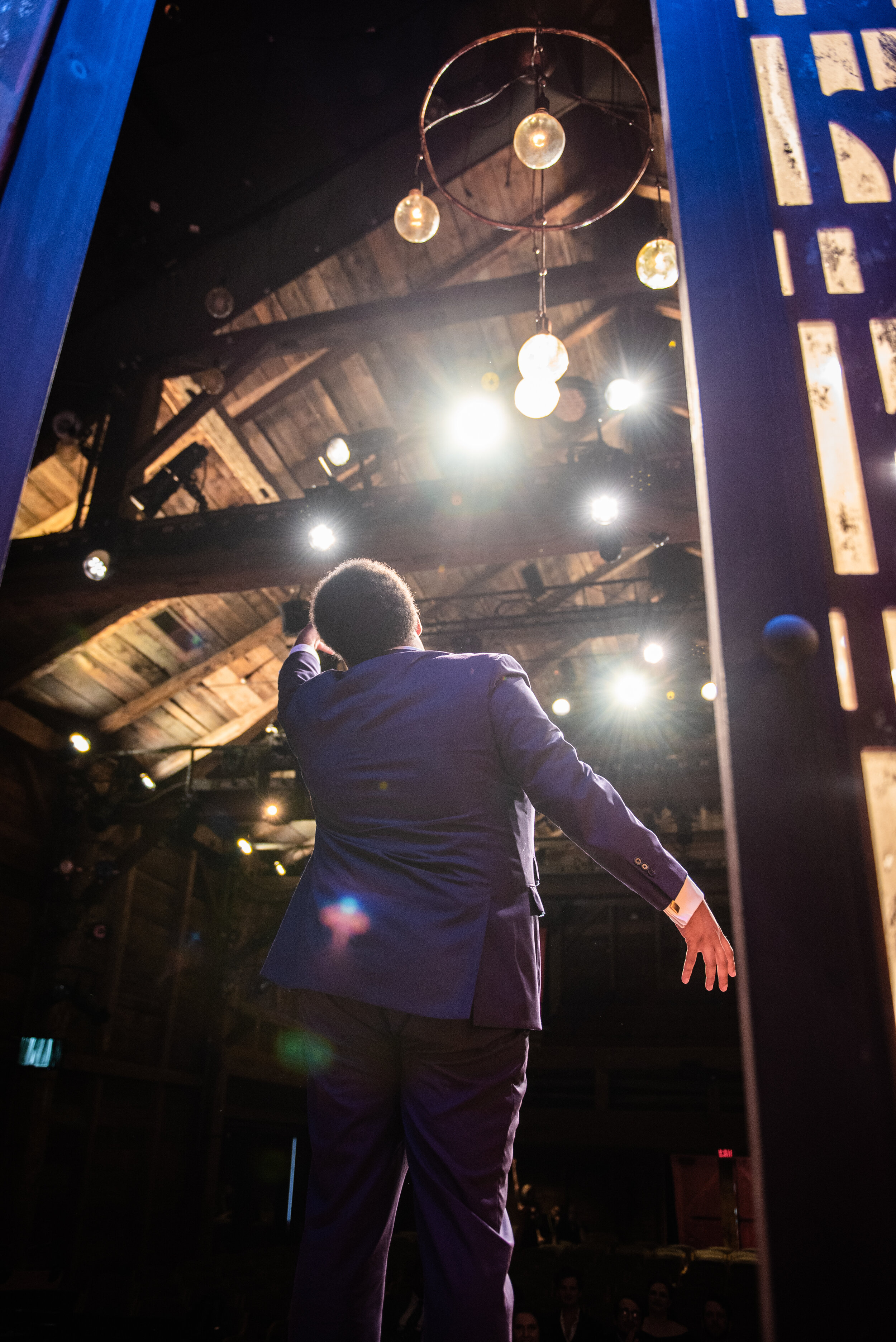
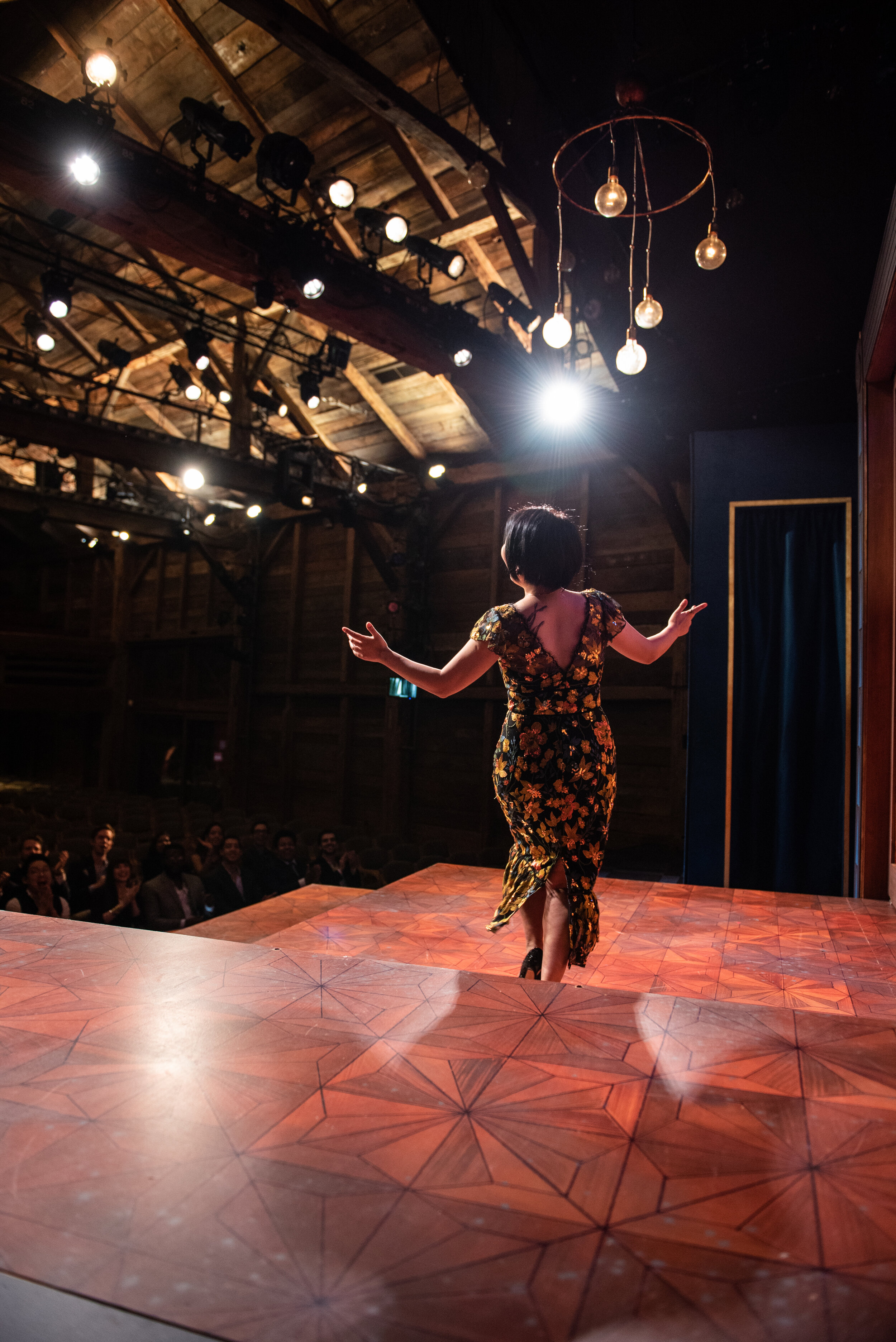

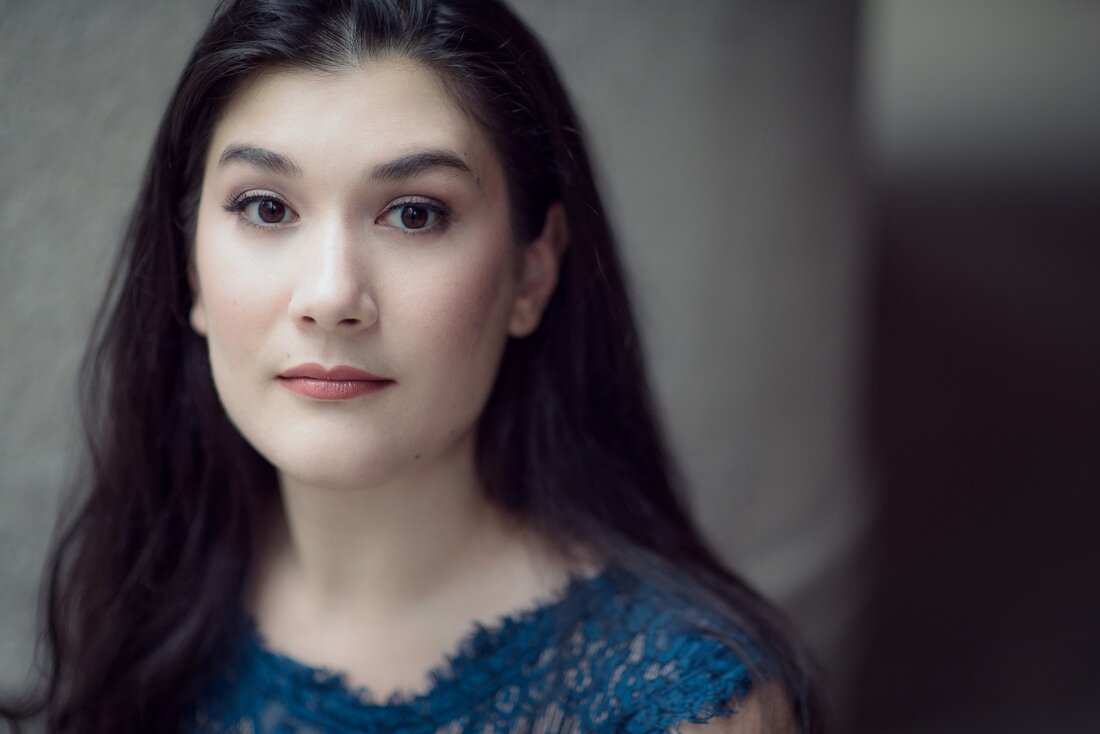
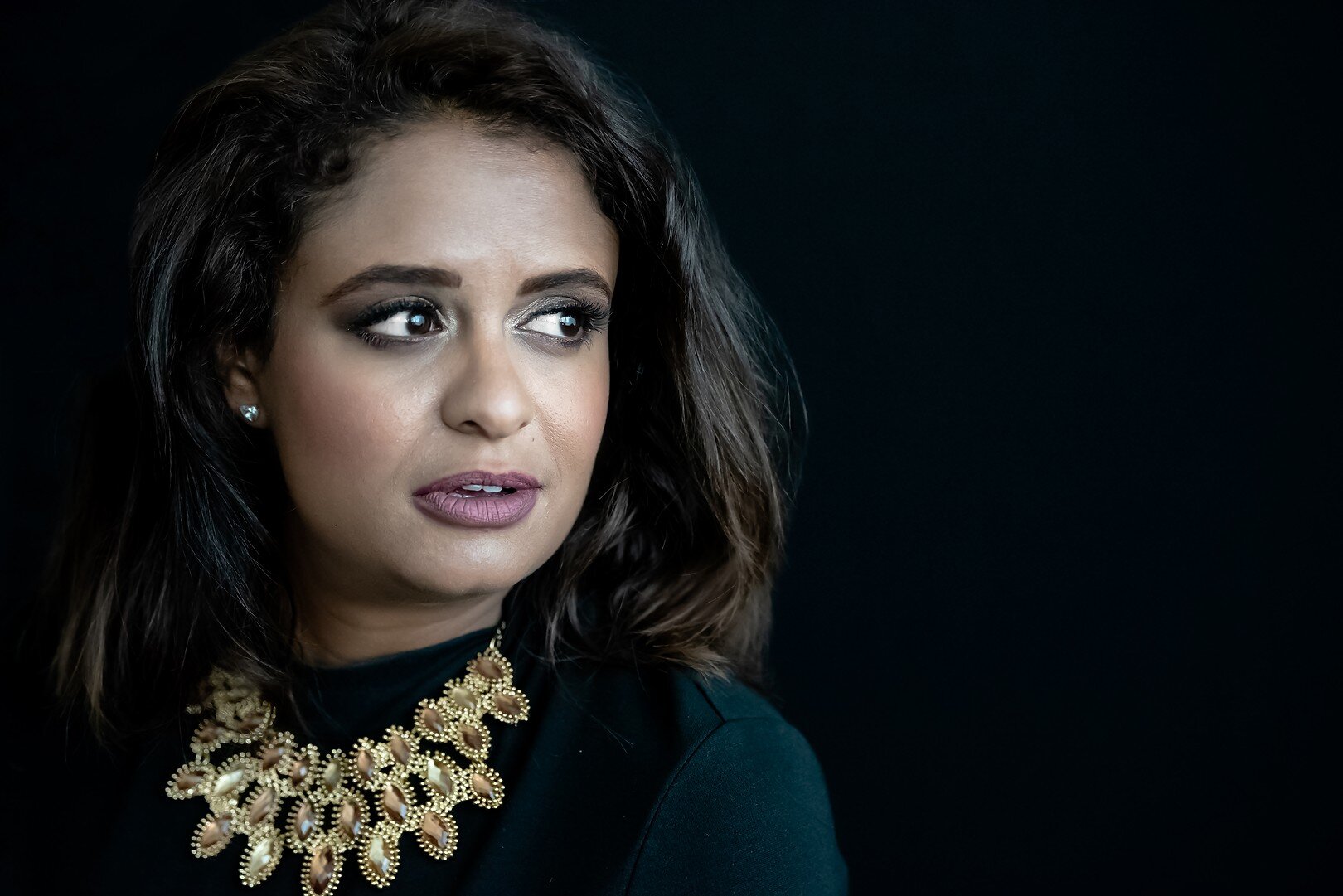





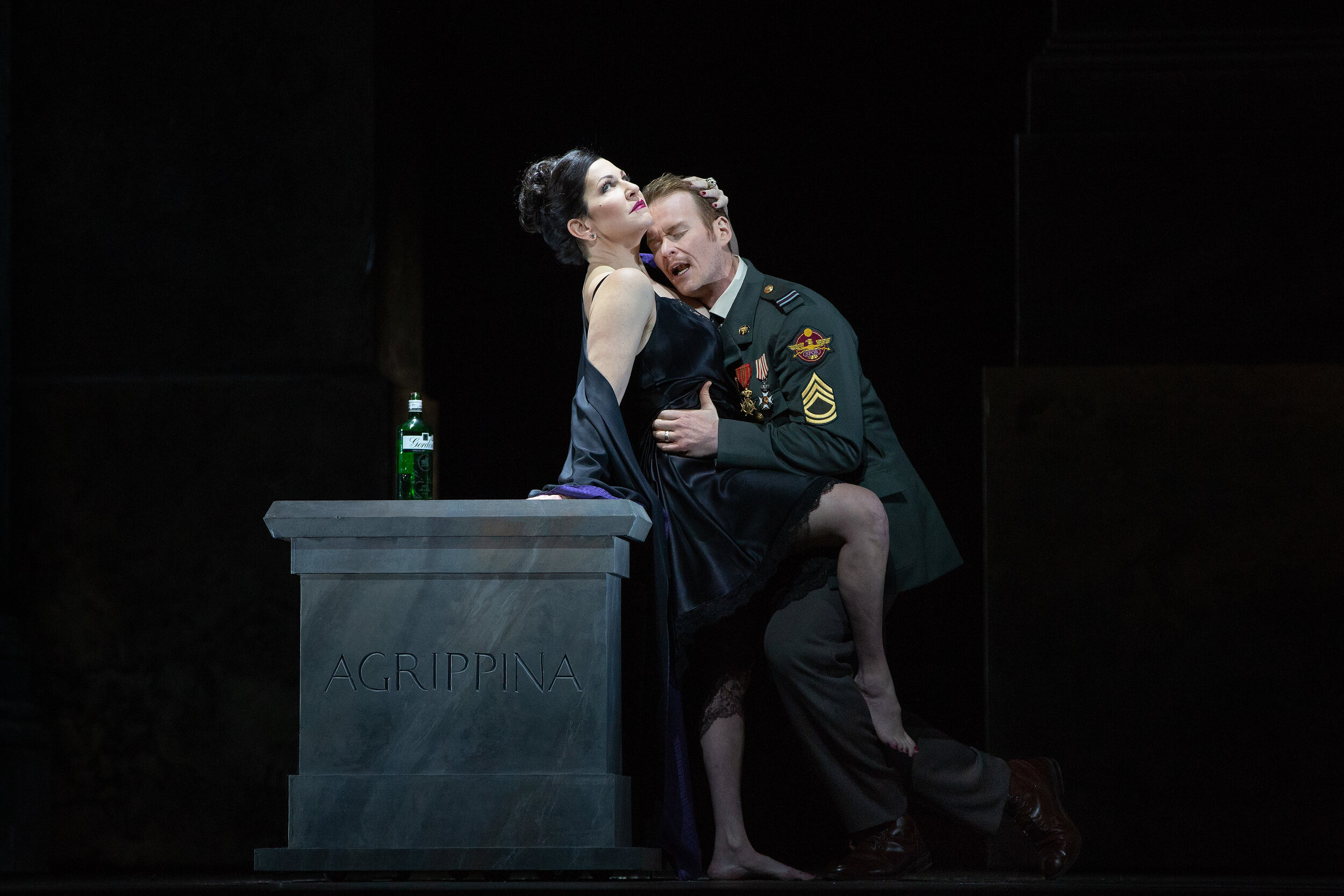
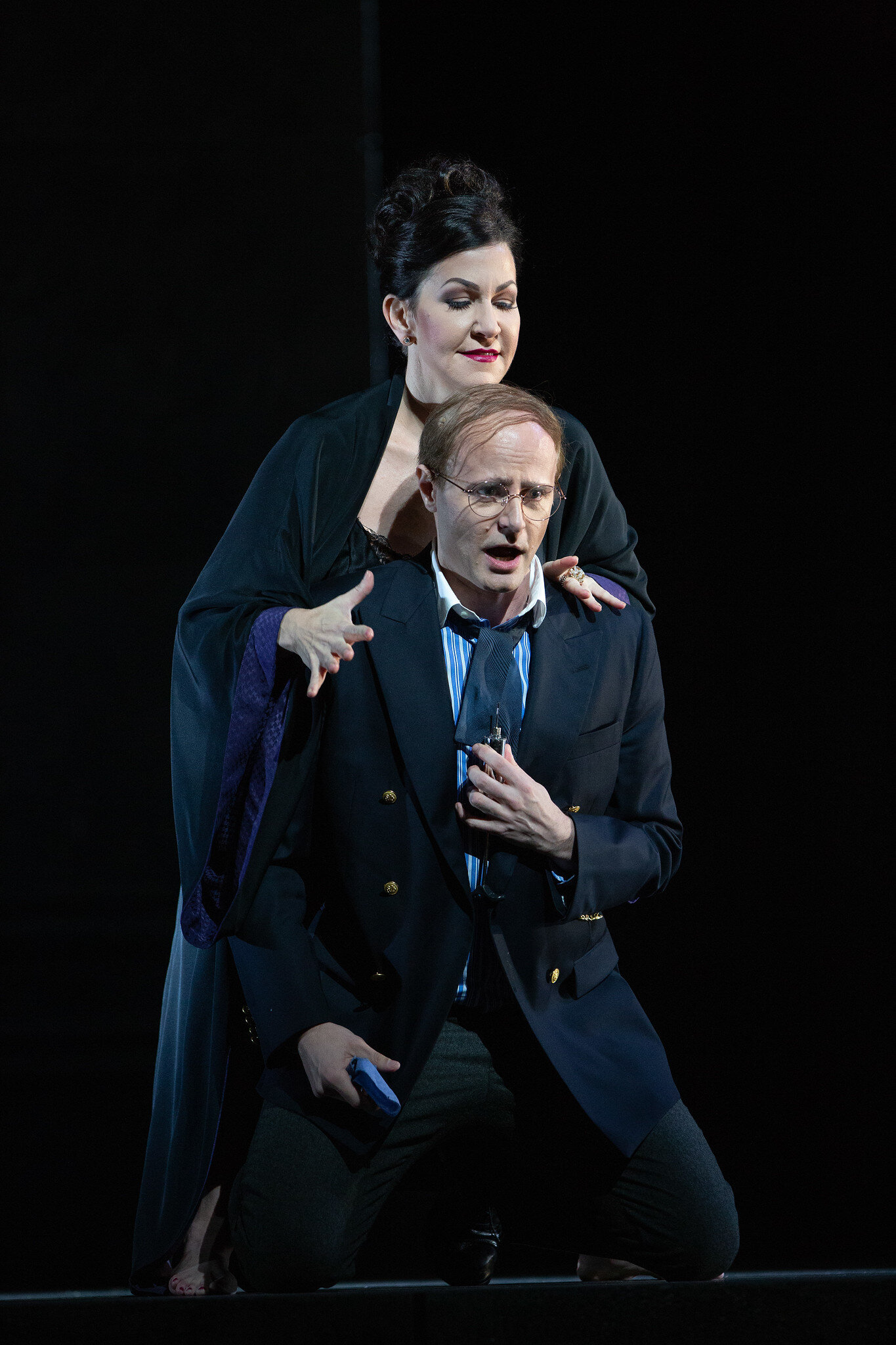




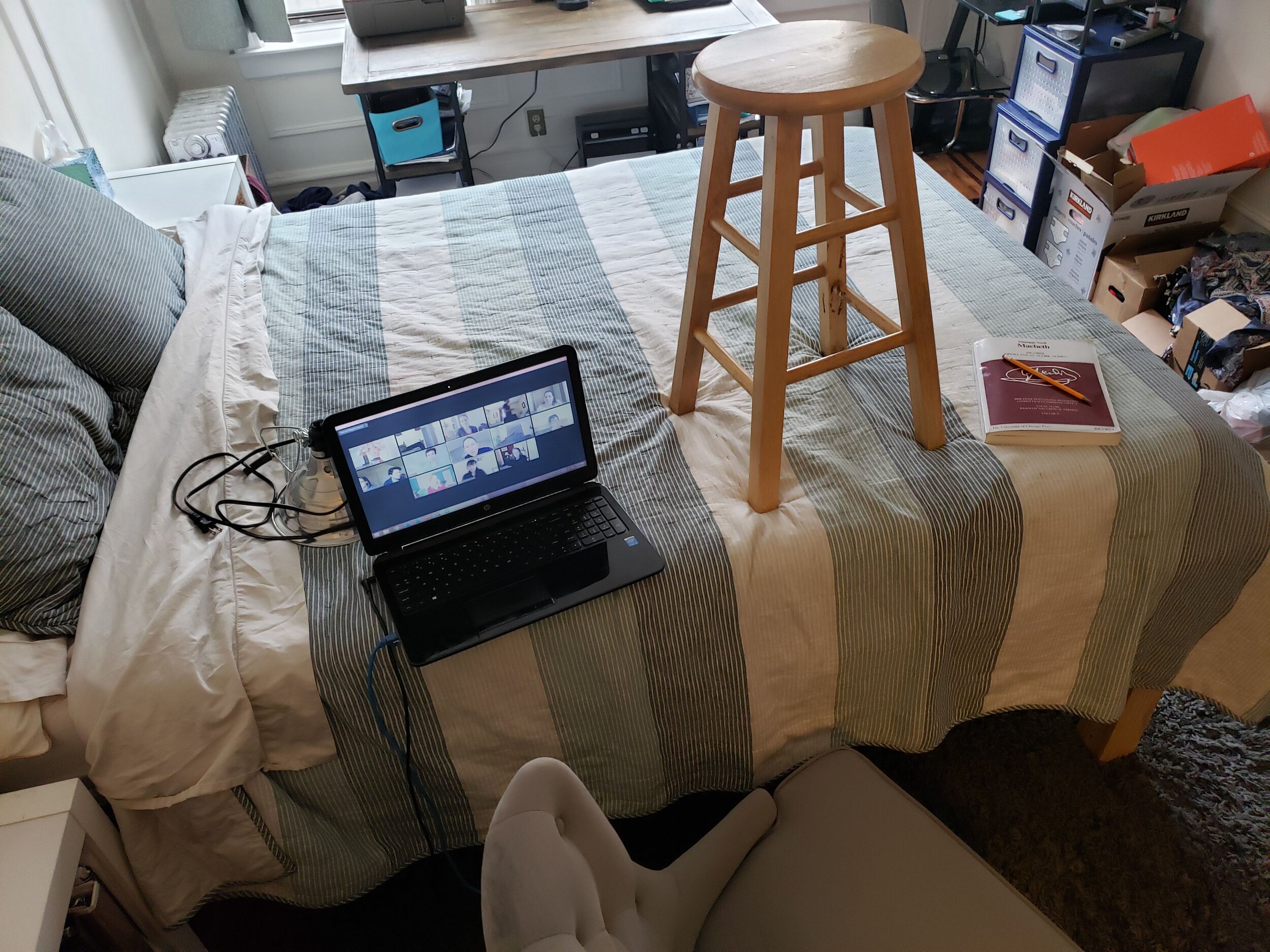
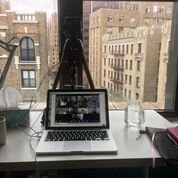
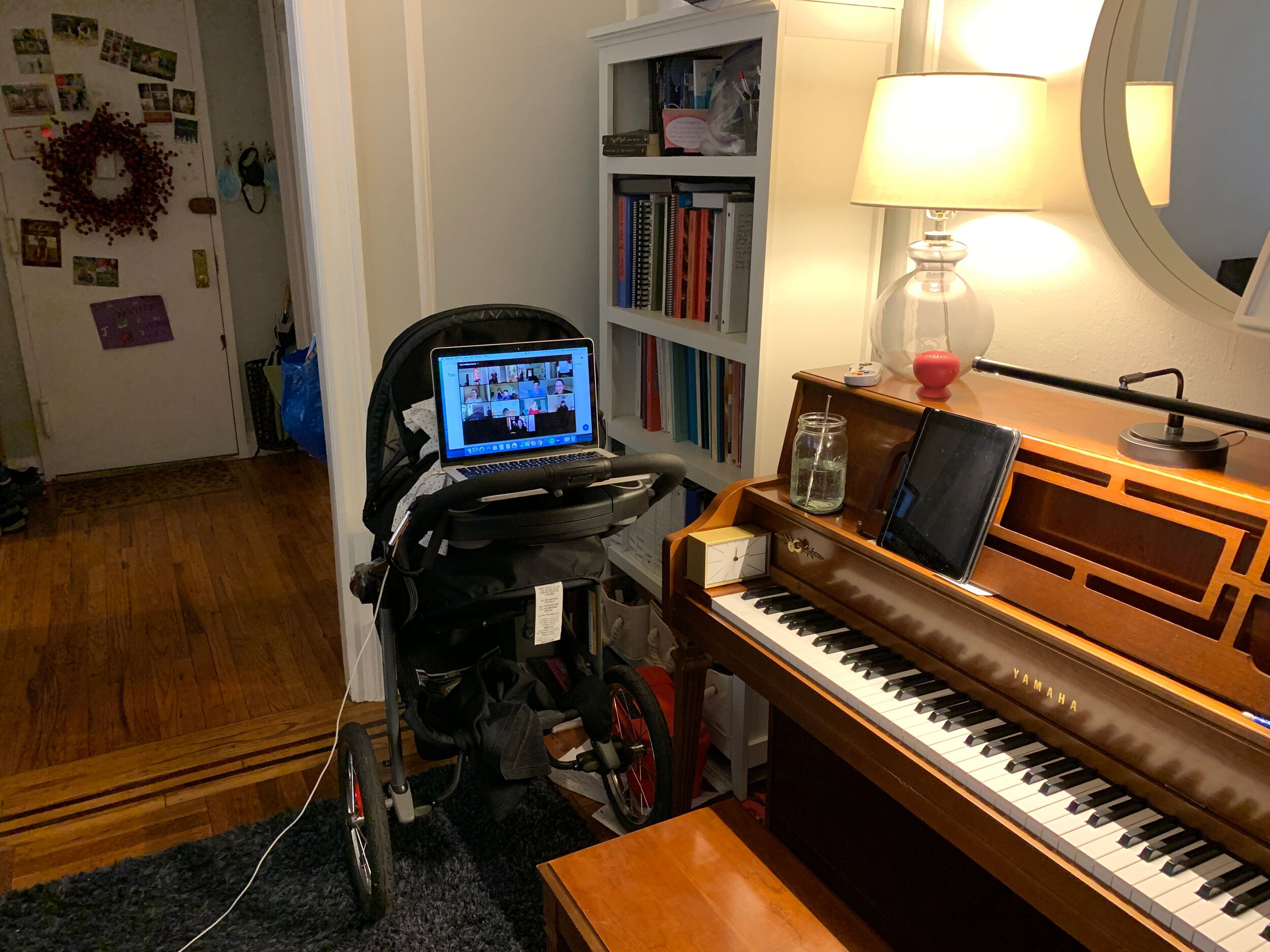



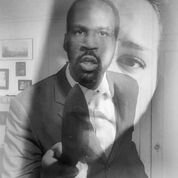
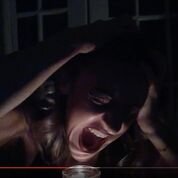

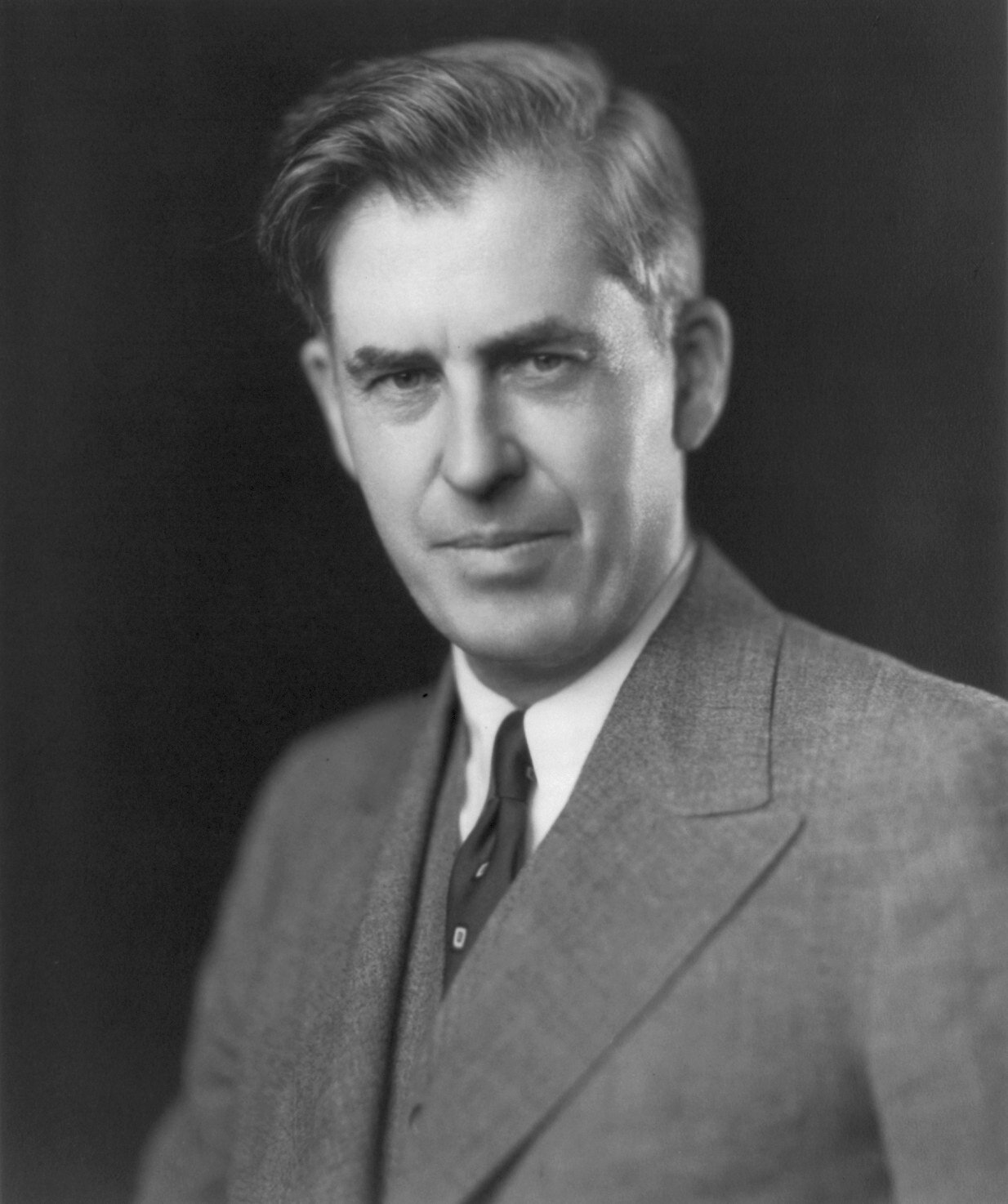

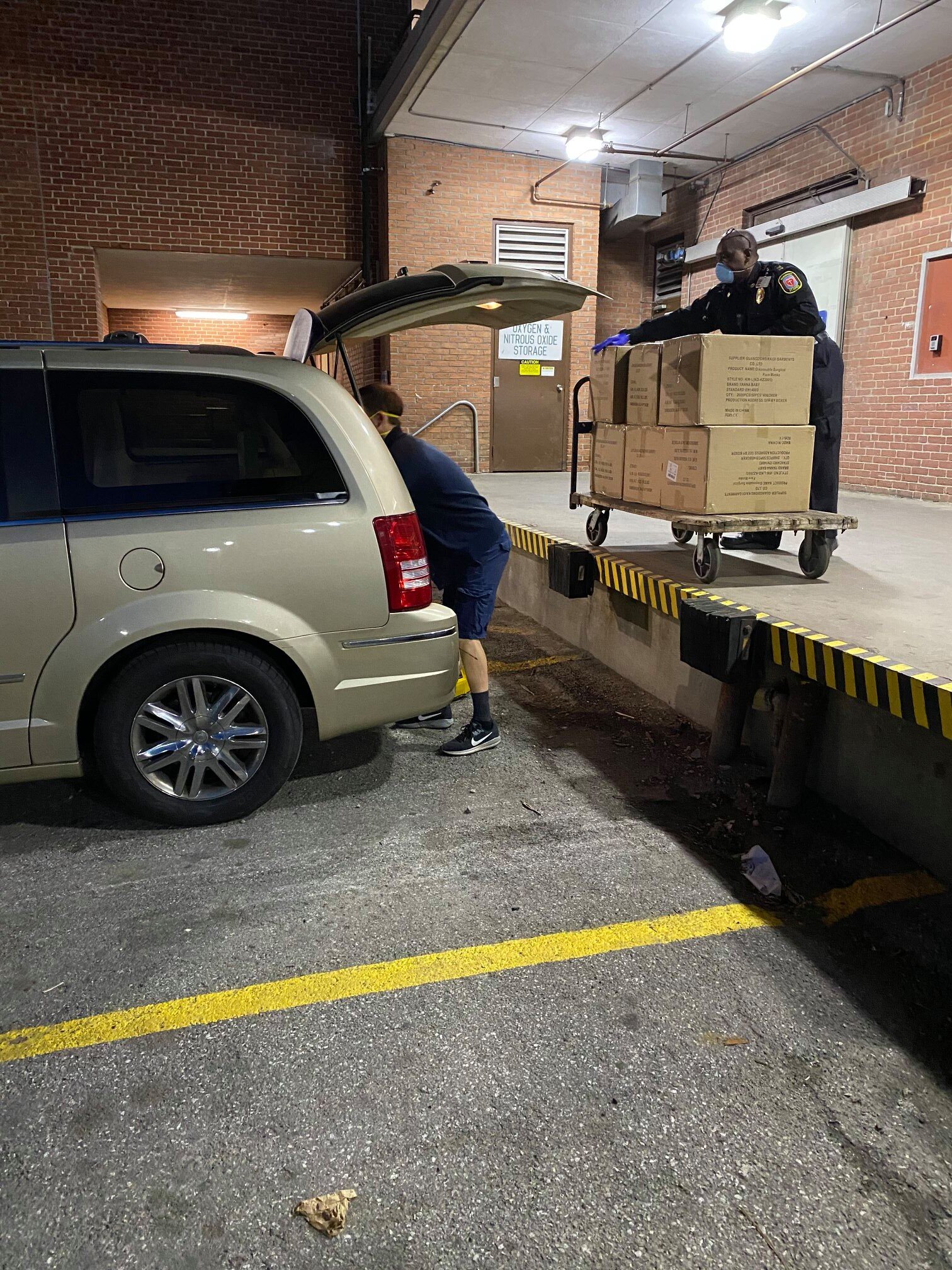
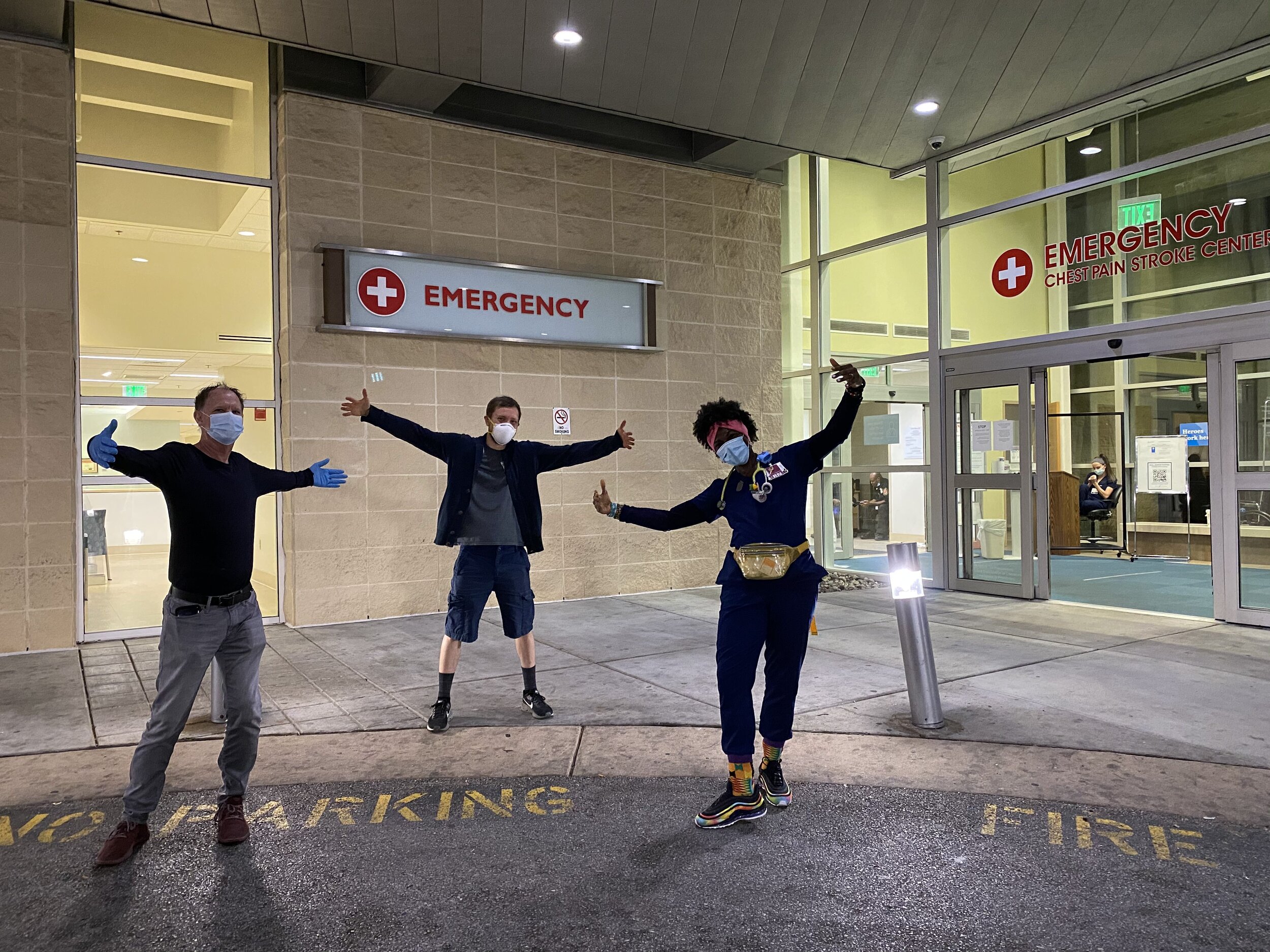






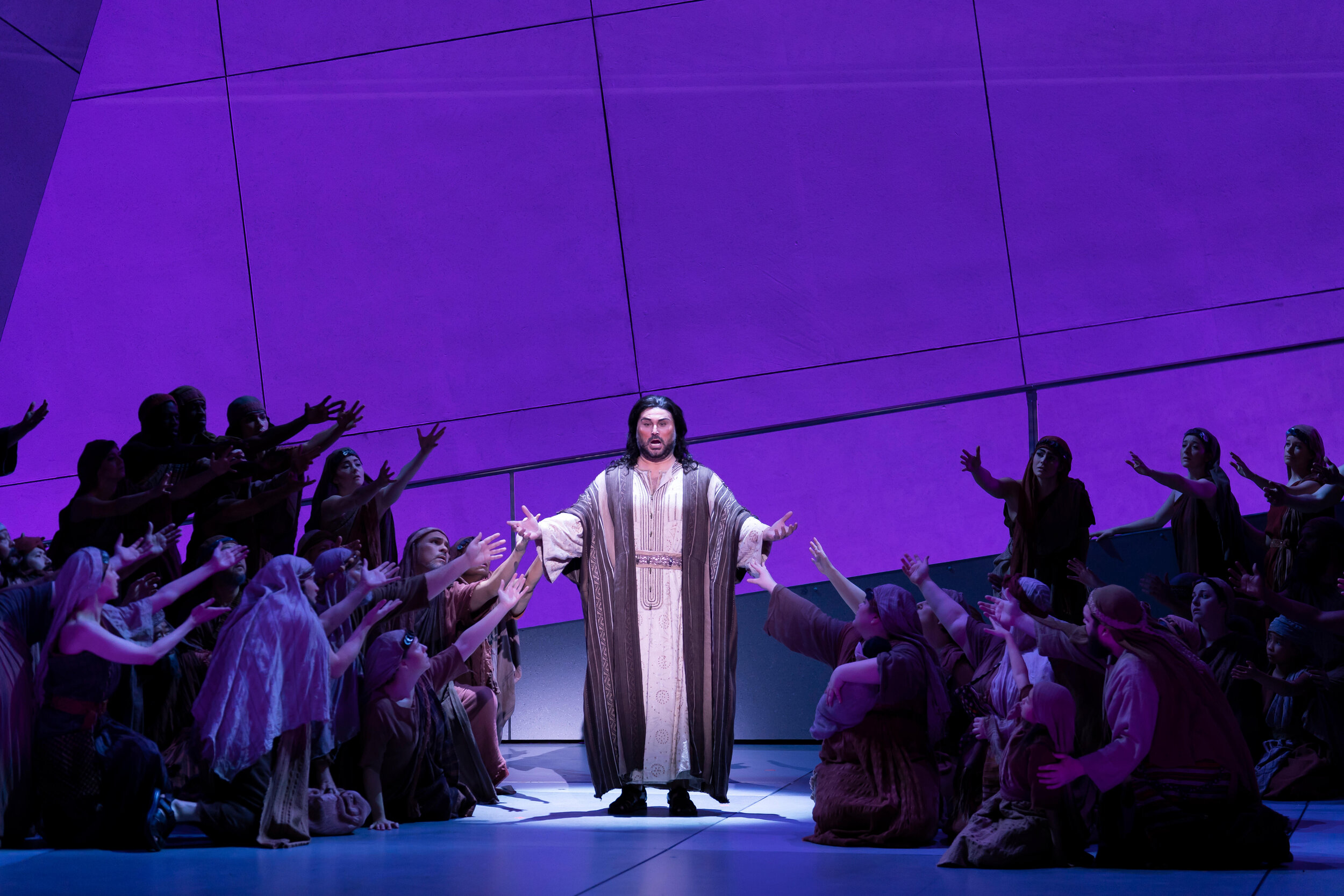


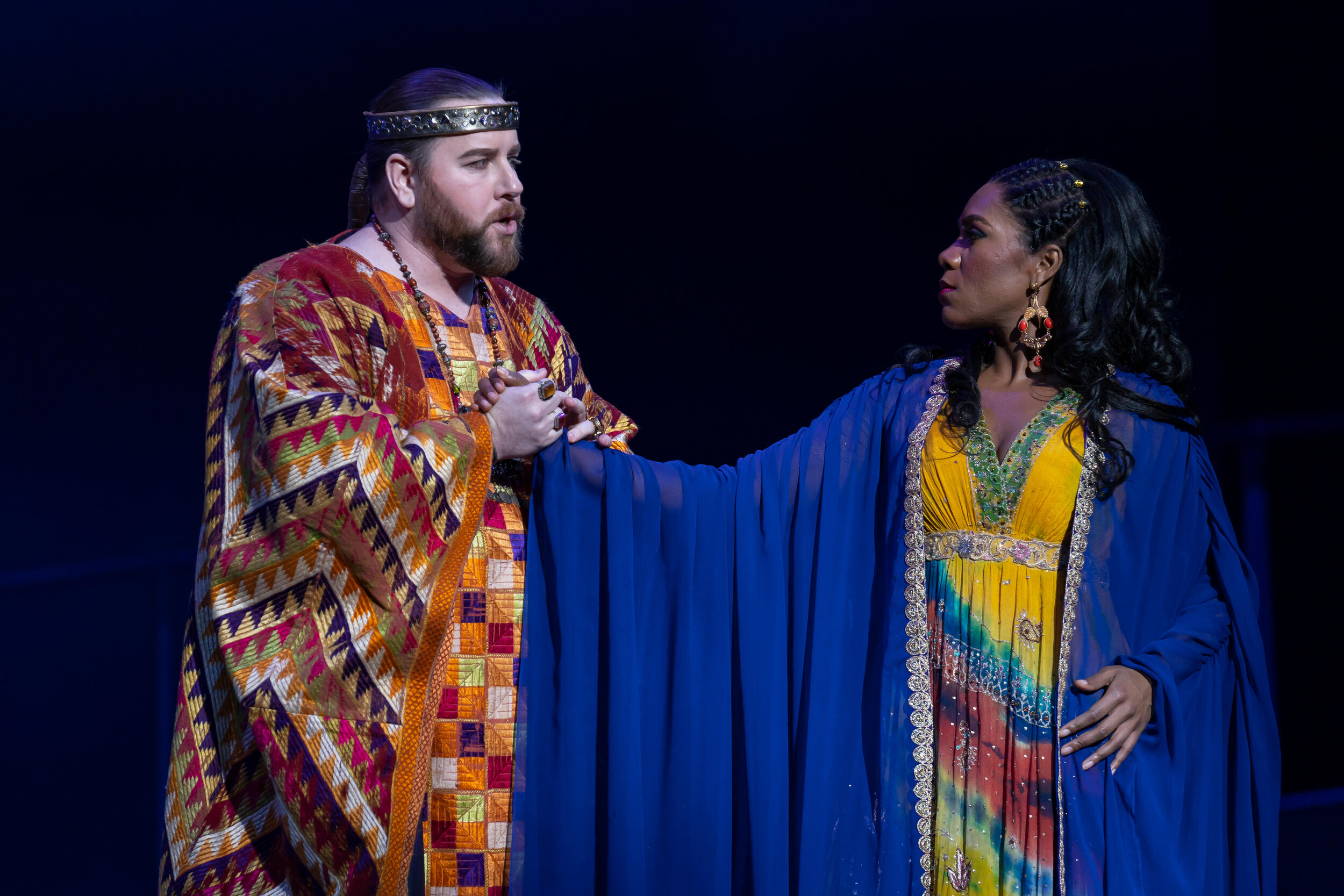
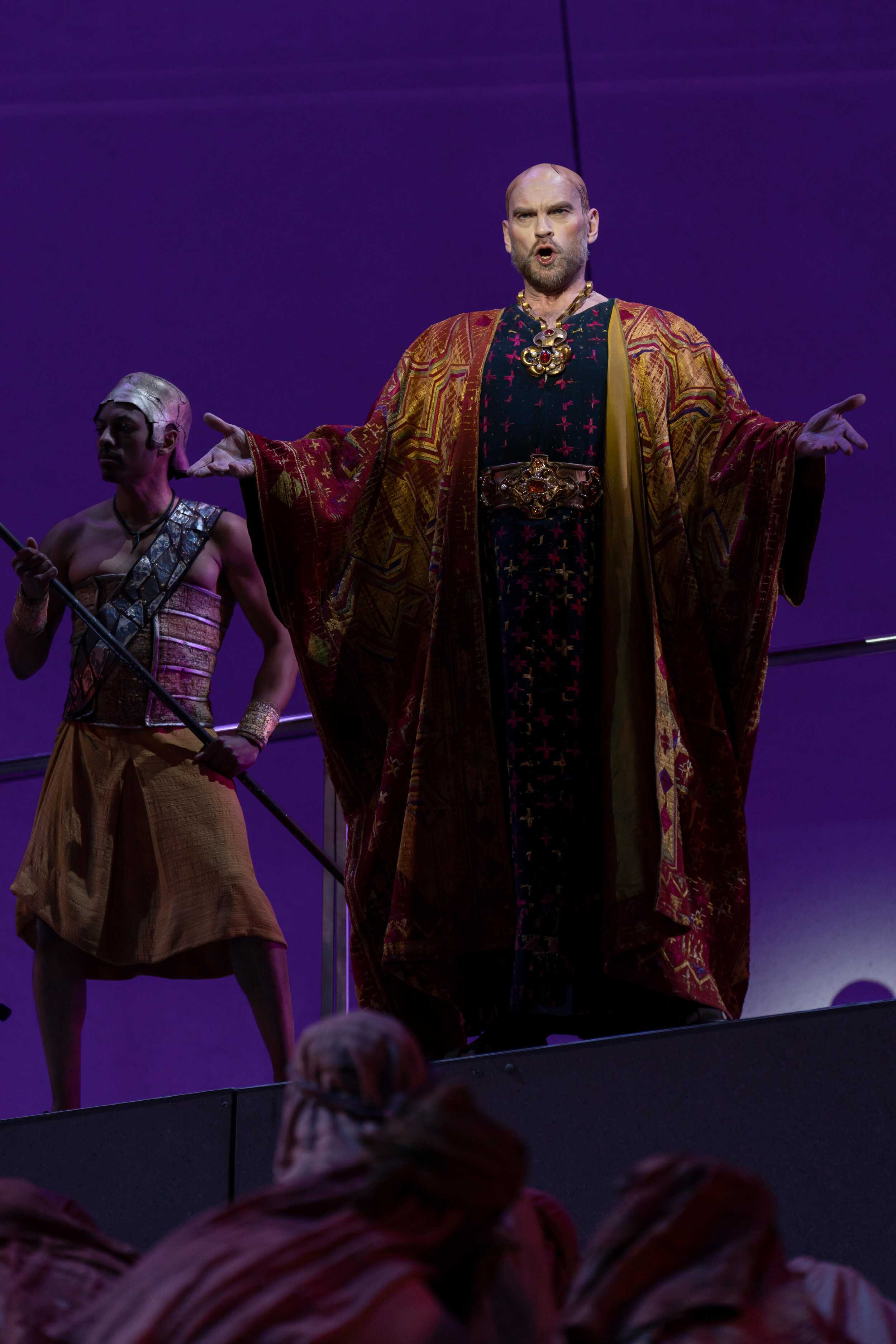




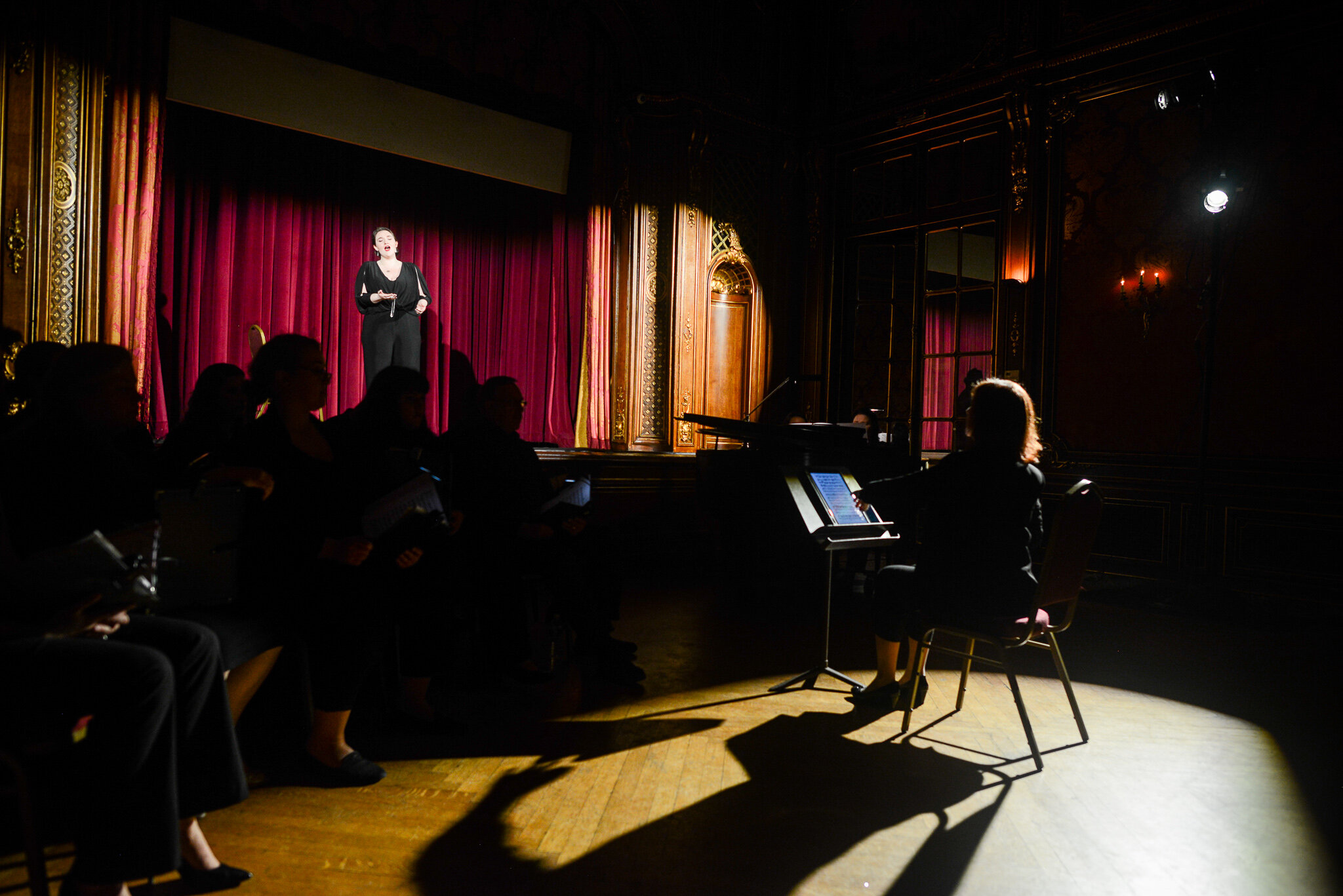
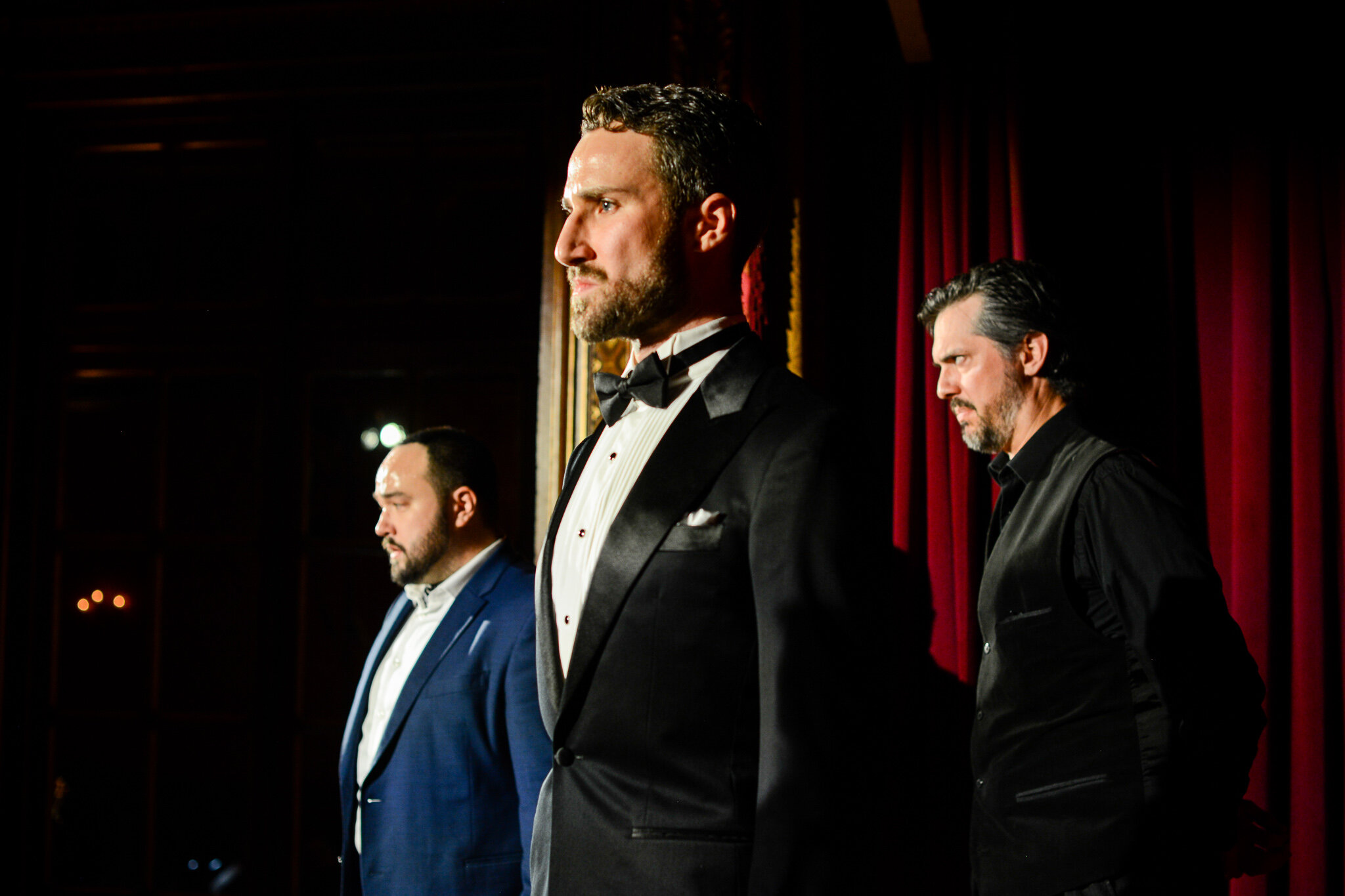
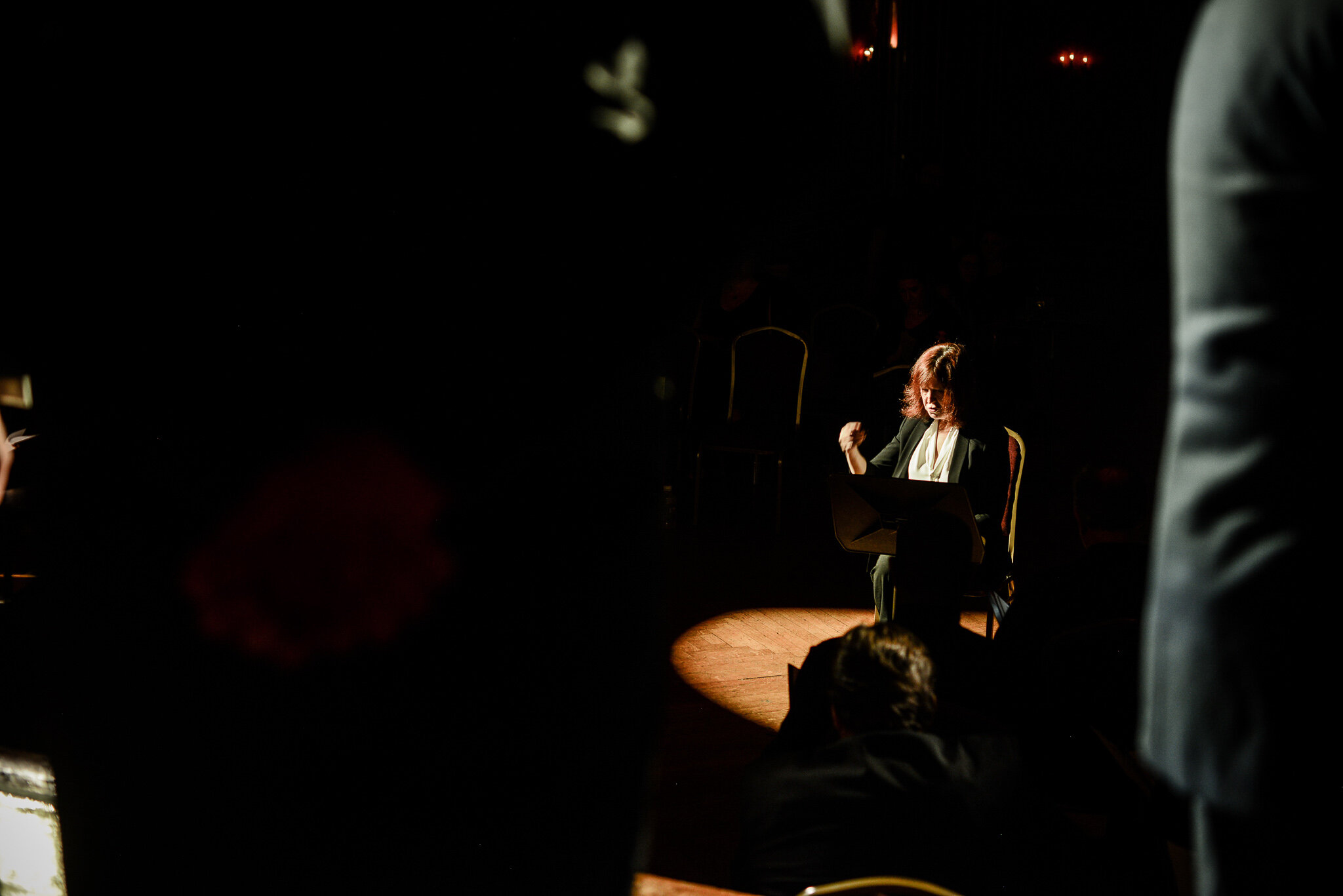
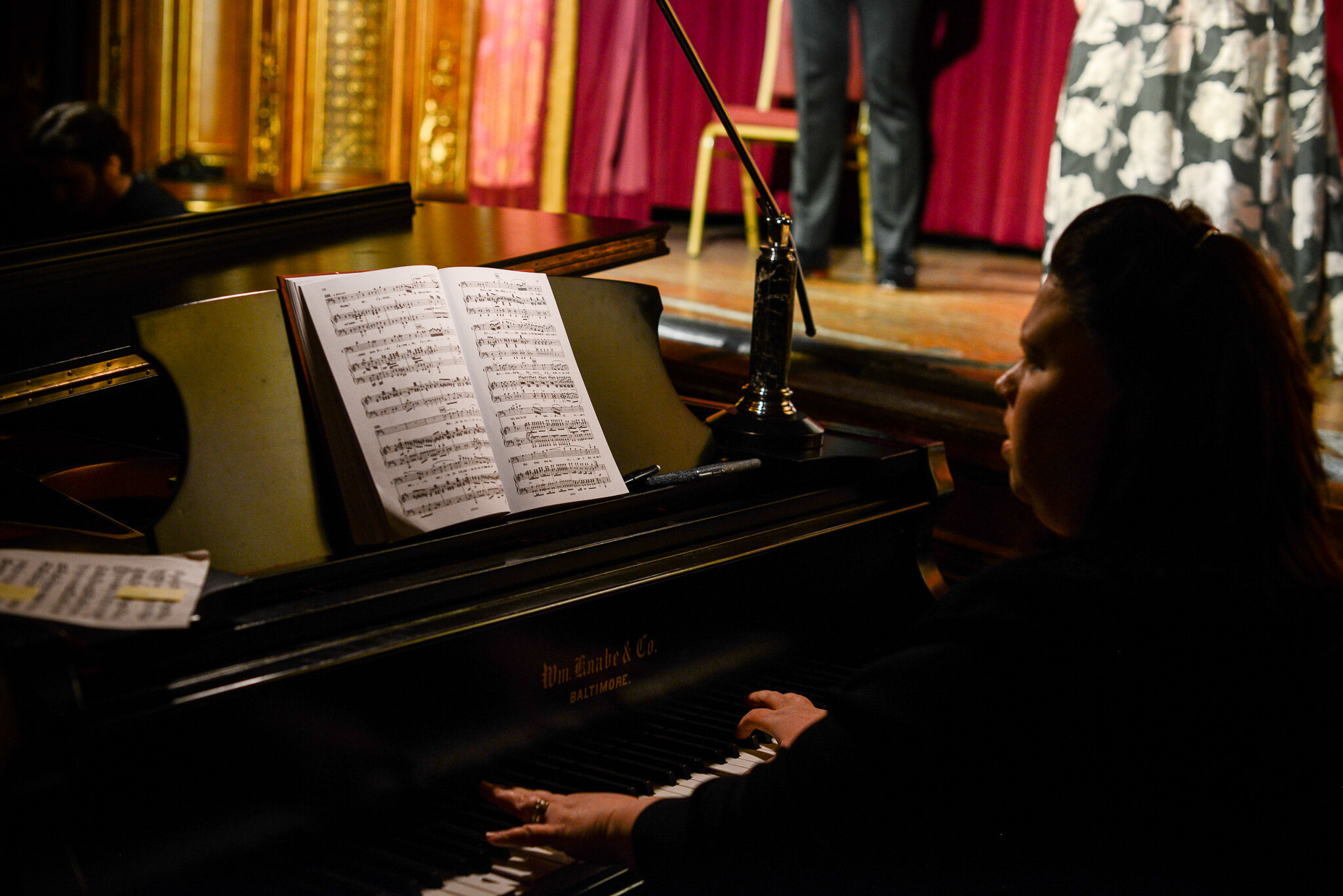

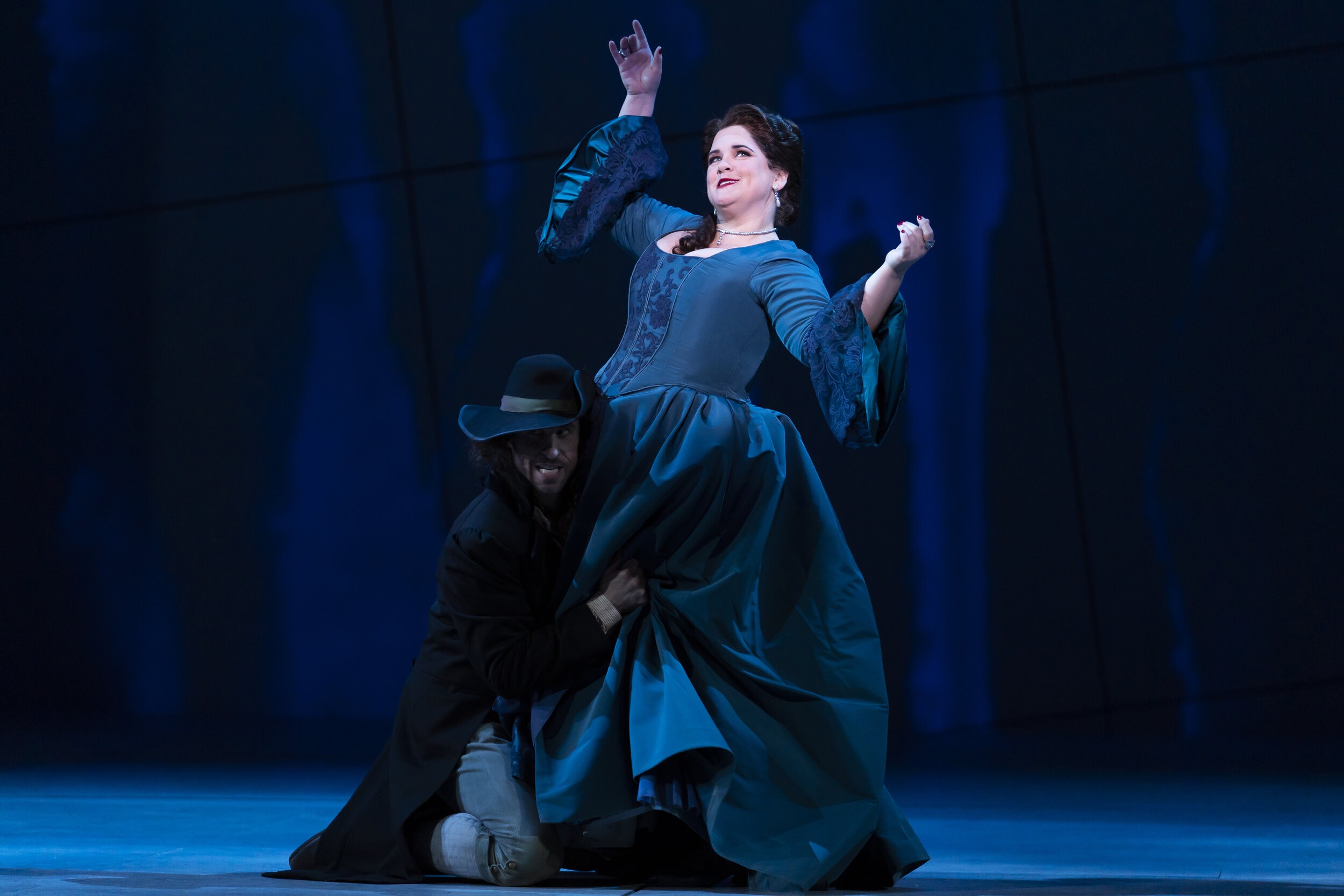
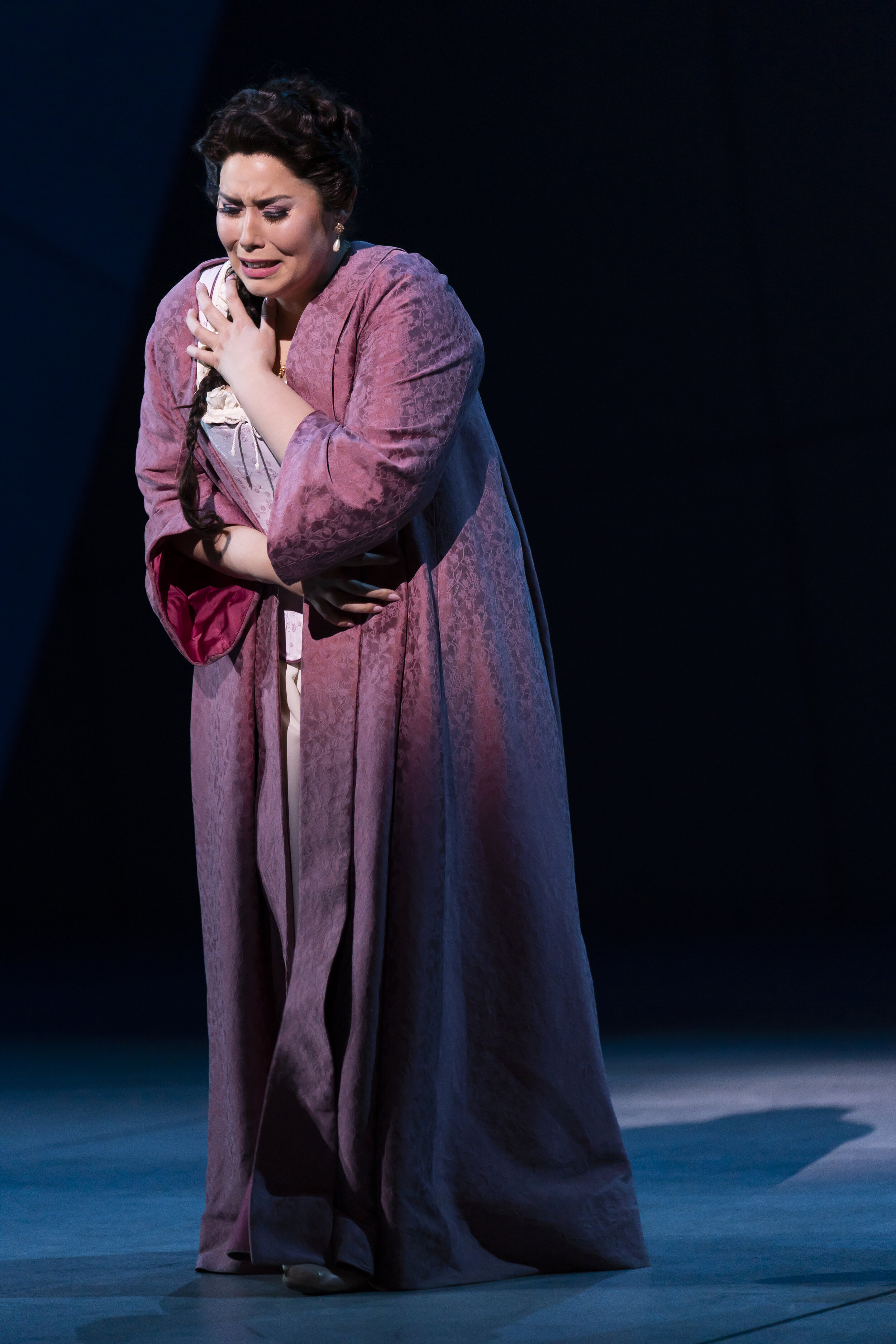
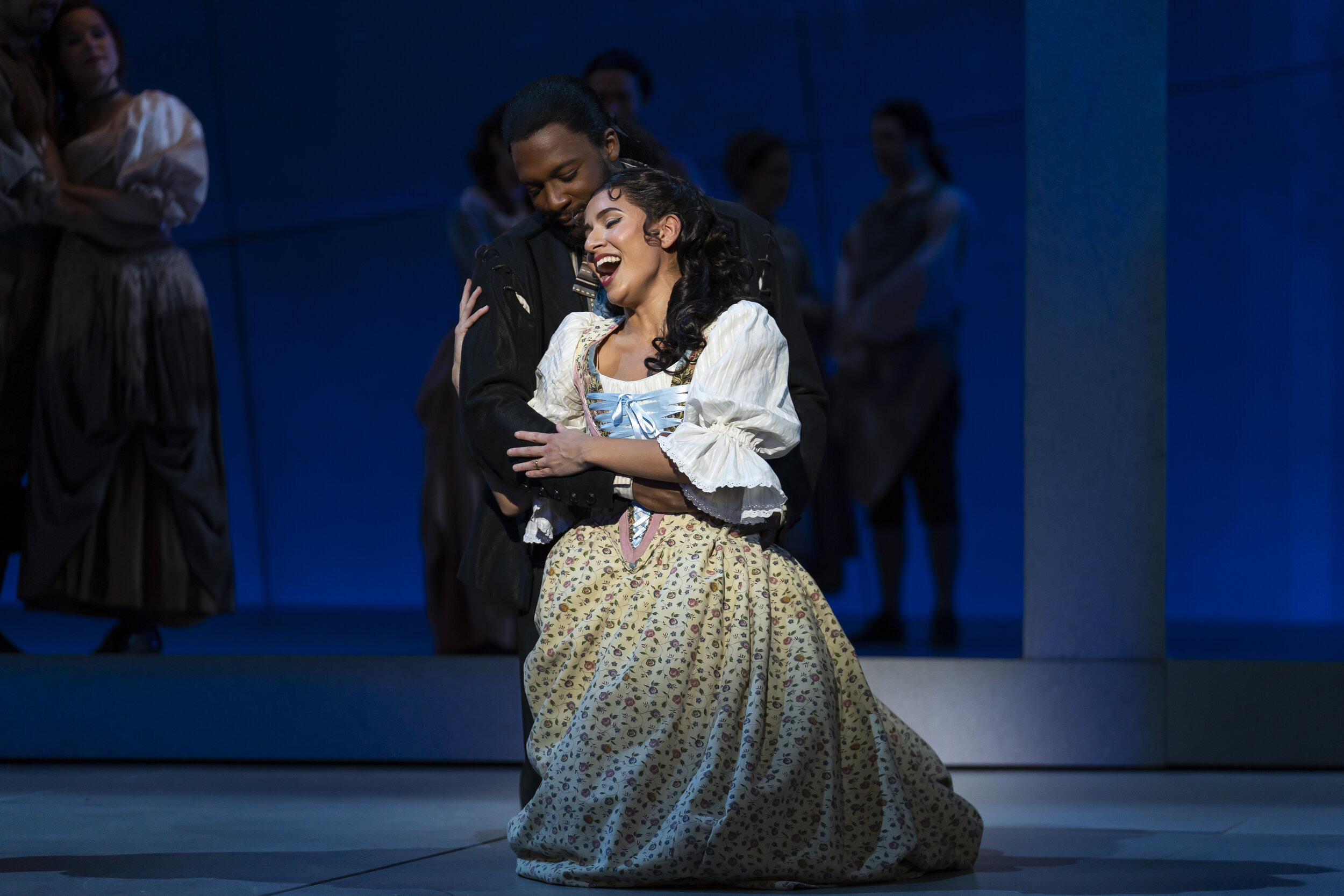
![[l-r] Ryan McKinny (Don Giovanni), Norman Garrett (Masetto), Kyle Ketelsen (Leporello) in Don Giovanni -photobyScottSuchman .jpg](https://images.squarespace-cdn.com/content/v1/566de1d6df40f3a73187d87e/1583189664813-BV9L998YP5K7V8QT559C/%5Bl-r%5D+Ryan+McKinny+%28Don+Giovanni%29%2C+Norman+Garrett+%28Masetto%29%2C+Kyle+Ketelsen+%28Leporello%29+in+Don+Giovanni+-photobyScottSuchman+.jpg)

